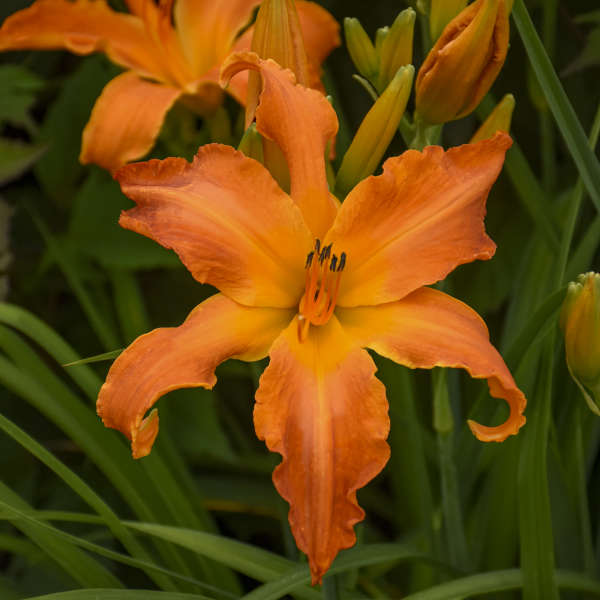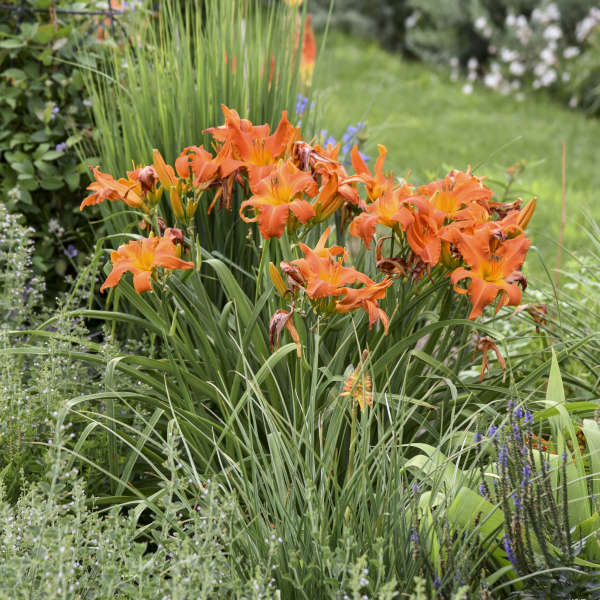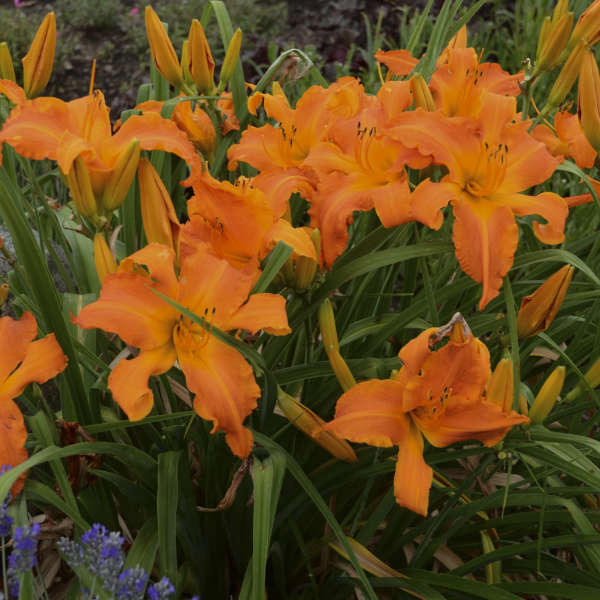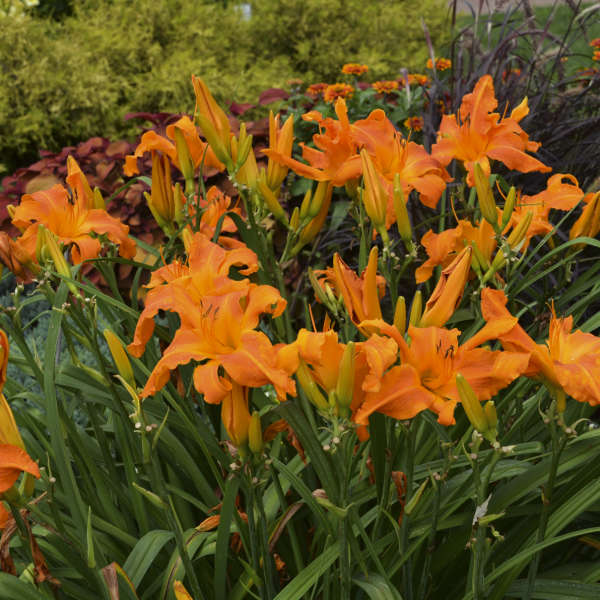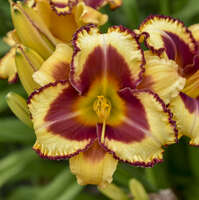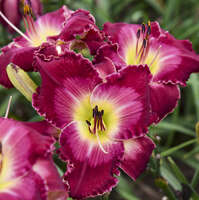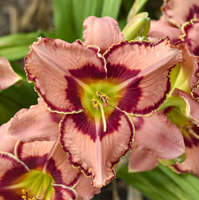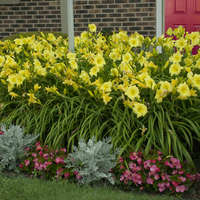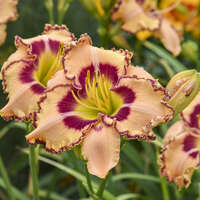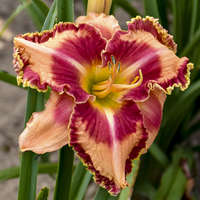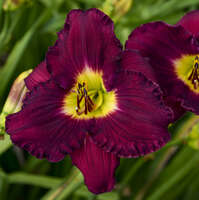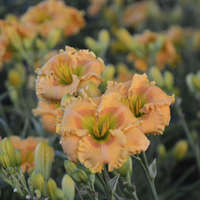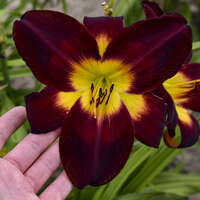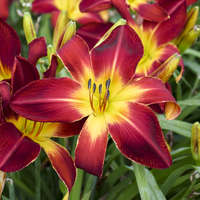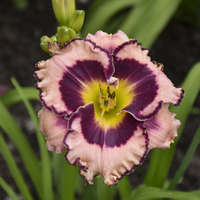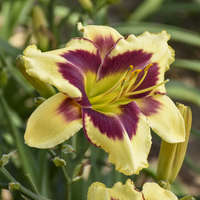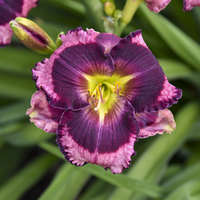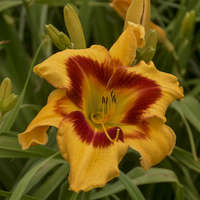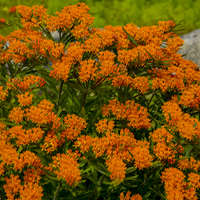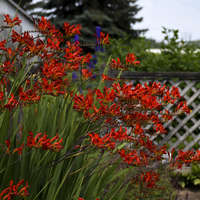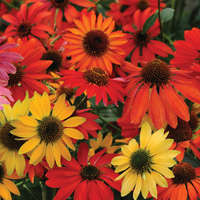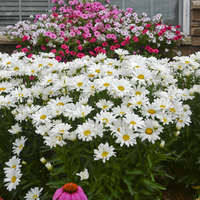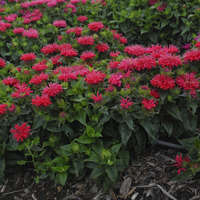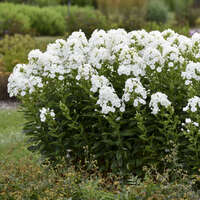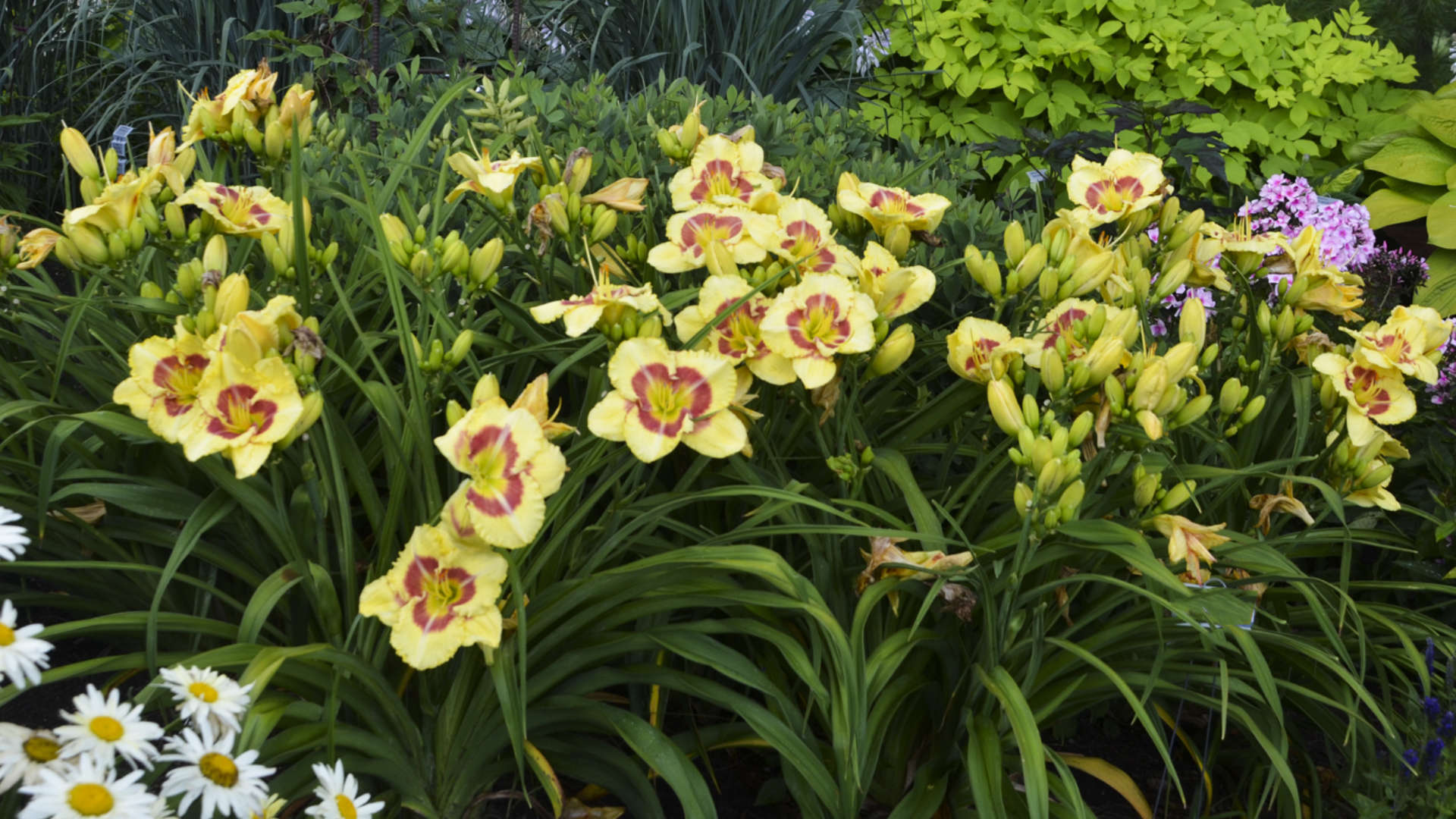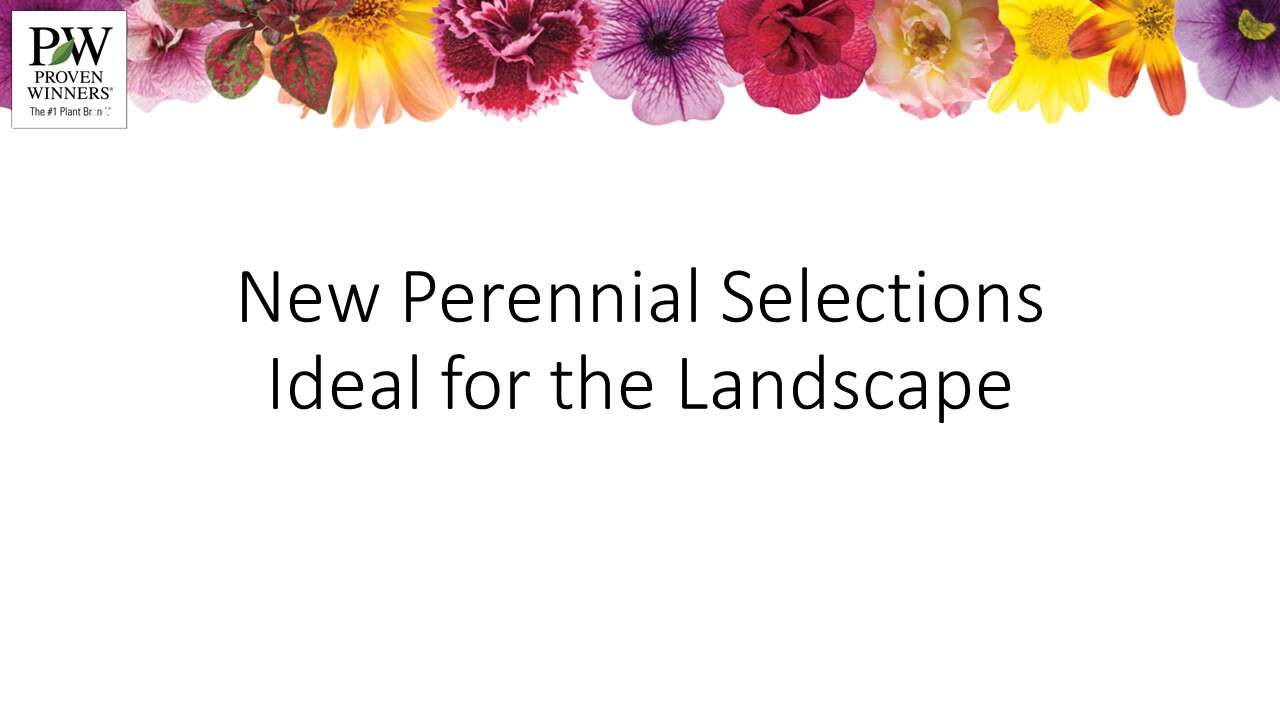Hemerocallis 'Primal Scream'
RAINBOW RHYTHM® Collection


Common Name: Daylily
One of the most sought-after daylilies available today; winner of the 2003 Stout Medal (the highest honor a daylily can receive).
If you’re looking for the WOW! factor in daylilies, you’ve found it here with ‘Primal Scream’. Nothing comes close to the spectacular 7½-8½", glimmering tangerine orange, gold dusted blossoms and green throat of this selection.
Officially classified as “unusual form”, the tepals are narrow, twisted, and recurved with loosely ruffled edges. These gigantic blossoms are presented in midsummer on tall, graceful, willowy scapes above the attractive arching foliage. With such a distinctive presence, ‘Primal Scream’ is sure to steal the show in the garden and on retail benches when it’s in bloom.
Daylilies can survive many harsh conditions that other plants cannot including: polluted city environments, slopes, poor and dry soils, near pavement that is salted in winter, and under Black Walnut trees (not affected by juglone).
Characteristics (Compared to Other Daylilies)
- Early Midseason Bloomer, blooming in early July.
- Dormant foliage.
- Tetraploid with 44 chromosomes, twice as many as Diploids. Tetraploids tend to be bigger, stronger plants.
Premium Daylilies
This is considered a premium daylily, which means that it has been selected as highly performing plant with exceptional bloom performance, substantive, vibrantly colored flowers, complete winter hardiness in northern zones, and a vigorous habit. Out of the hundreds of varieties we have evaluated for our catalog, we consider this to be one of the 20 best we have available.
The RAINBOW RHYTHM® trademark is owned by Walters Gardens, Inc.
Grade #1 Bare Root |
Grade #2 Bare Root |
